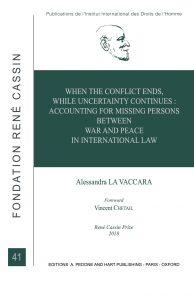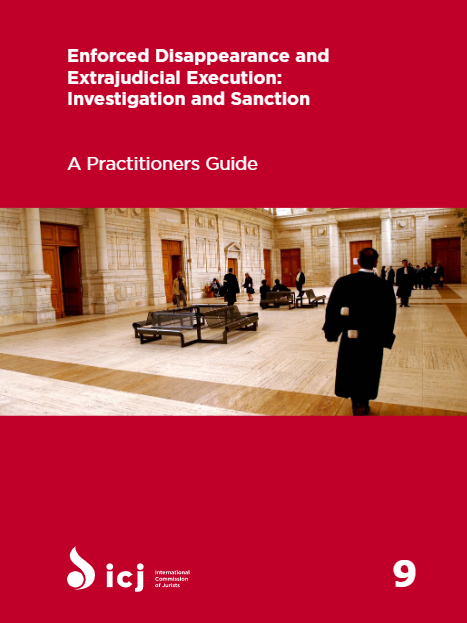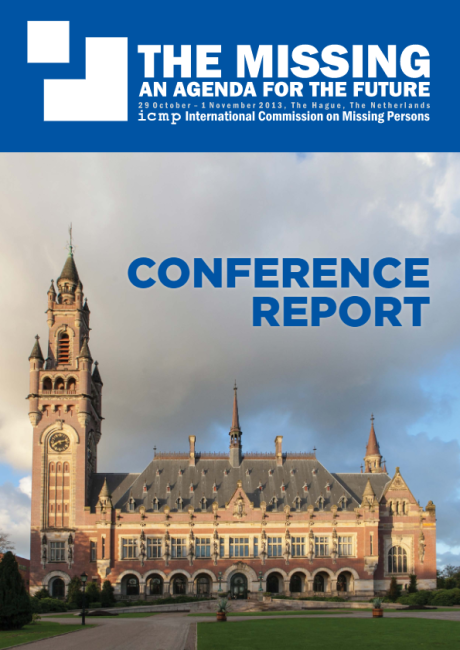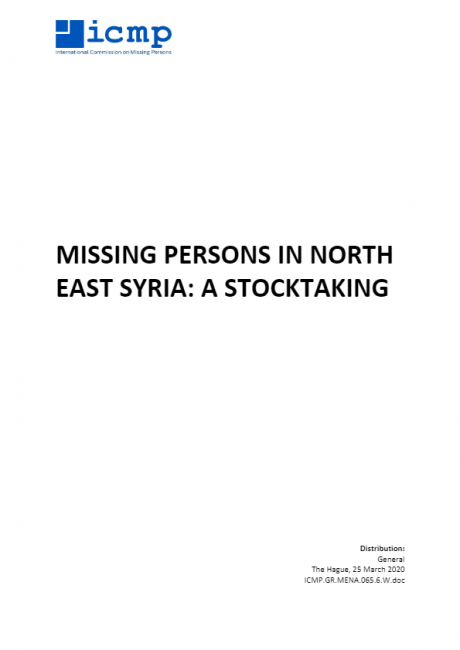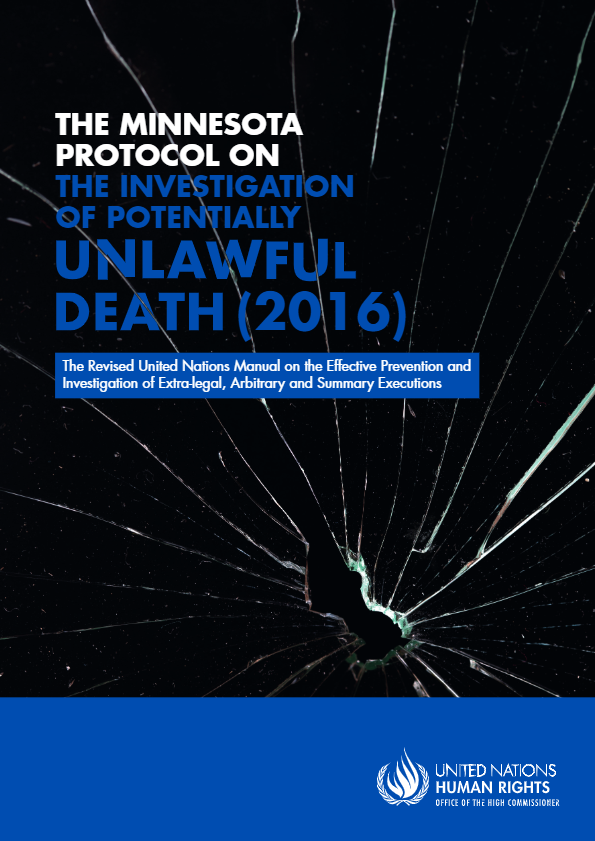
The Minnesota Protocol on the Investigation of Potentially Unlawful Death. The Revised United Nations Manual on the Effective Prevention and Investigation of Extra-legal, Arbitrary and Summary Executions
The obligations on states to respect and protect life and the procedural obligation to investigate suspicious deaths have firm bases in international law. In the UN context, those obligations are elaborated in two key documents: the UN Principles on the Effective Prevention and Investigation of Extra-legal, Arbitrary and Summary Executions (1989), and its companion document, the UN Manual on the Effective Prevention and Investigation of Extra-Legal, Arbitrary and Summary Executions (1991) which became known, through popular usage, as the Minnesota Protocol. The 1991 Minnesota Protocol was a ground-breaking piece of work with significant impact. However, as the professional using the document made clear to the Special Rapporteur and to OHCHR, the time was ripe for revision, to take account of developments in both international law and forensic science. As a key UN text providing guidance on the practical implementation of the duty to protect life and the obligation to investigate potentially unlawful deaths, its updating could ensure its continuing relevance over the coming decades. This document is the Revision of the UN Manual on the Effective Prevention and Investigation of Extra-Legal, Arbitrary and Summary Executions (the Minnesota Protocol).


